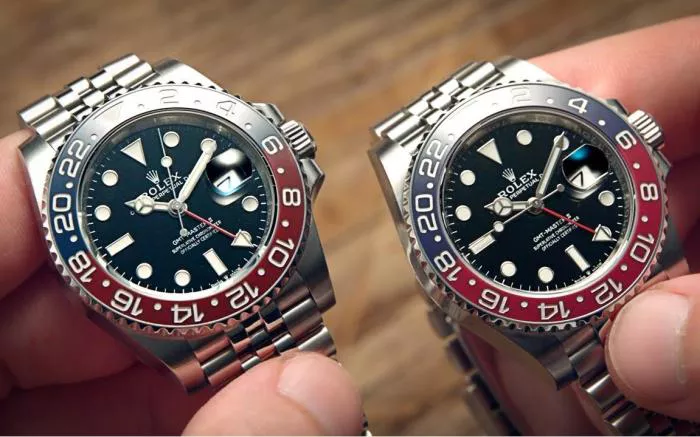Luxury watch enthusiasts face an escalating challenge as counterfeit Rolex timepieces become increasingly difficult to distinguish from genuine models. The Swiss watchmaker, renowned for its precision and craftsmanship, remains a prime target for counterfeiters due to its high market demand and cultural prestige.
Recent reports indicate that replicas now mimic even the finest details, from engravings to movement mechanics, forcing buyers to adopt more advanced verification methods. Unlike earlier imitations, modern fakes often require expert inspection to confirm authenticity.
Key Indicators to Identify Genuine Rolex Watches
Experts highlight several critical features that can help buyers differentiate authentic Rolex watches from counterfeits. One of the most telling signs is the movement of the seconds hand. On genuine models, the hand moves in near-invisible micro-ticks, creating a smooth glide. In contrast, counterfeit versions often exhibit a noticeable stutter.
Serial and model numbers also play a crucial role. Authentic Rolex watches feature deeply engraved, laser-precise markings, while replicas frequently display uneven or grainy imprints. Additionally, most genuine Rolex models have solid casebacks, with rare exceptions like certain vintage pieces or the 2023 Daytona Platinum edition.
Authorities and Brands Step Up Anti-Counterfeiting Efforts
In response to the growing sophistication of fakes, Rolex and regulatory bodies are enhancing authentication protocols. Authorized dealers now provide advanced verification services, including microscopic inspections and digital certification.
Collectors are advised to purchase only from trusted retailers and scrutinize documentation carefully. As counterfeiters refine their techniques, vigilance remains the best defense against fraudulent timepieces. The ongoing battle underscores the enduring value of Rolex’s craftsmanship—and the lengths some will go to replicate it.


